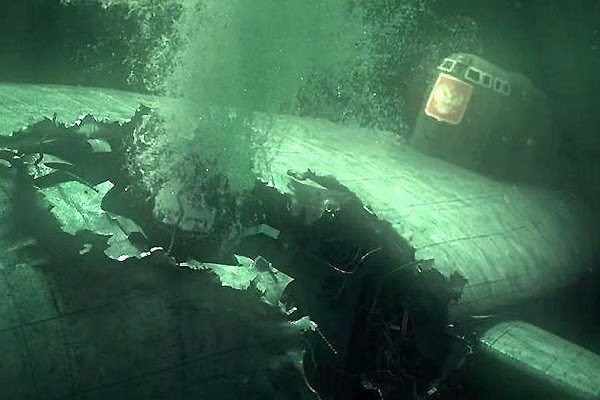Norway detects radiation leak from sunken Soviet submarine Komsomolets
Norwegian Radiation and Nuclear Safety Authority published a photo of the sunken Soviet nuclear submarine K-278 Komsomolets, reports the Norwegian TV channel TV2.
"That's how the Soviet nuclear submarine looks today – 30 years after it sank in the Norwegian Sea. In the evening on July 7, researchers could make the photos of the sunken submarine for the first time," reads the caption to the picture.
The photo was taken from a remote-controlled deep-sea vehicle. The goal of the expedition was the study of the possible radiation leak.
According TV2, the radiation level in the area of the ventilation pipe of the reactor compartment is 100 thousand times higher than the norm. However, according to the researcher Hilde Eliza Heldal from the Norwegian Institute of Marine Research, the radiation leak was also recorded during the last Russian expedition in 2007. At the same time, she notes that this does not yet pose a threat to fisheries and researchers.
Nuclear submarine K-278 Komsomolets sank in the Norwegian Sea on April 7, 1989. This was one of the biggest accidents of the Soviet and Russian submarine fleet.
The submarine was called "unique" at the design stage because of its components: a powerful nuclear reactor, a heavy-duty titanium hull, a record depth of immersion – up to 1000 meters, and a very high speed. The titanium hull also made the submarine the most expensive submarine in the Soviet Navy.
However, Komsomolets sank on April 7, 1989, just five years after the launch. The circumstances of the accident are still not known.
